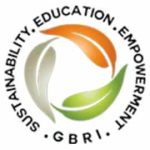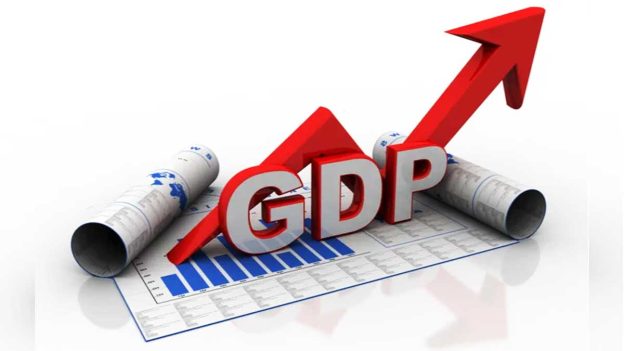About
Its hard NOT to run into a discussion on Carbon credits and carbon footprints these days. Understand the fundamentals of Carbon credits, the need for it, the drivers and where the world of Nations, States, Cities, Corporates and Individuals are heading in the world of multi billion carbon industry. Learn important tools and techniques to analyze your project’s carbon foot print. In additon, analyze how LEED v4 address carbon credits
What you will learn
- Understand the concept of carbon credits
- Understand and learn the application of carbon credits on the built environment
- Learn calculations and costs involved
- Understand the role of carbon credits in green building rating systems
- Explore and anticipate the future of carbon credits











